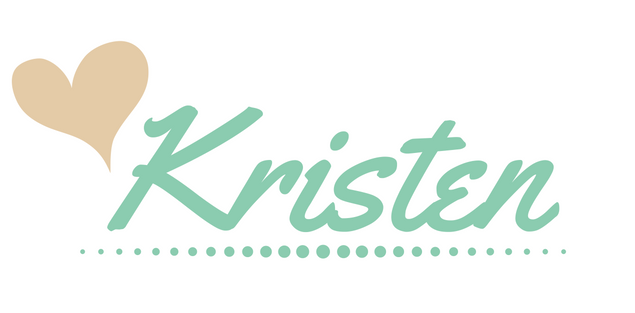Every March the Academy of Nutrition and Dietetics celebrates National Nutrition Month. The focus of NNM 2018 is Go Further with Food, which emphasizes the importance of making wise choices for your individual needs and reducing food waste by planning ahead.
Going further with food means meal planning, not meal plans.
Lucy and I often get requests for meal plans, and while we love to help you get Well-Balanced meals on the table, we feel strongly about helping you unleash your own meal planning powers. The key differences between meal planning and following a meal plan are flexibility, personal preference, and intuitive focus.
Flexibility
Meal plans can feel rigid. If you go off the plan you might feel like you are failing. Meal plans can’t possibly predict when you will have a long day at work or when a friend asks you to join her for dinner on a whim. They also don’t know what your budget is, what’s on sale or in season, or what’s currently in your kitchen.
Personal Preferences
Many things influence your food choices – from your culture and upbringing to your current mood. No generated or done-for-you meal plan is going to pinpoint exactly what sounds good this week or nail a plan that has you wanting to follow it to a T.
Intuitive Focus
Meal plans are often built around a calorie level or macronutrient goal but don’t allow room for intuitive choices. For instance, a meal plan doesn’t change on days when you need more fuel after an extra tough workout or your appetite is just not up-to-par for some reason or another. Only your body can tell you those things and if you are too concerned about following a plan – you could miss out on those important cues.
Don’t get me wrong, a meal plan created by someone else can be useful. It can give you inspiration or new meal ideas, a glimpse into what a Well-Balanced week could look like or get you started off on the right path. Ultimately, our goal for you is to be able to confidently make your own well-balanced plans and decisions that suit you. Plus allow for flexibility and intuitive eating.
In honor of National Nutrition Month, we will be sharing a series of posts centered around how to go further with food. We’ll cover ideas and strategies for having a plan, a backup plan, and knowing what to do if all else fails.
Food for thought: Do you plan ahead?
If you are highly organized and prepared in the kitchen this series is not for you. On the other hand, if you’ve struggled to stick to a meal plan or if you’re ready to start taking baby steps toward planning, you’ll find an idea below and more in the weeks to come.
Take the first step
If you typically don’t think ahead about what you will eat, you can start with this simple task. Take out a piece of paper while you are having your morning coffee and jot down what you will be having for dinner. Writing it down will solidify it and doing this in the morning while you are fresh will ensure you have plenty of mental stamina to make a wise decision. Once you get the hang of it, perhaps you can decide on more than one meal at a time, but for now, just focus on dinner for the upcoming evening.
Happy planning!




